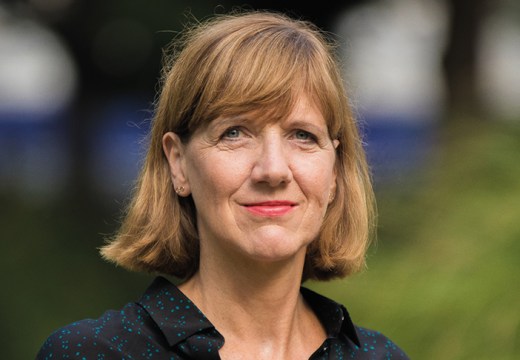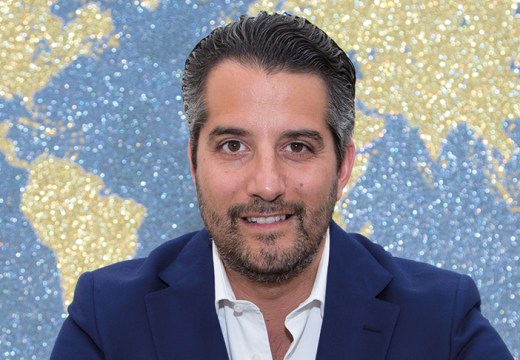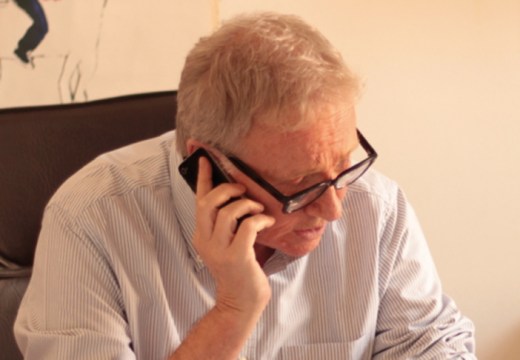Beirut
Adib Dada finds it difficult to describe his professional role, such is the range and reach of his activities in his hometown of Beirut. Dada is the founder of theOtherDada, an architecture and design consultancy that adopts a holistic approach to projects, from building ‘regenerative’ houses to urban interventions such as saving the Beirut River. ‘I can’t always pin down what I do. I’m definitely an environmental activist, considering how to integrate nature and people, bringing sustainability to all aspects of my work,’ Dada says.
Dada is not the first environmentally engaged architect, but his passion for biomimetic design makes him stand out. After training as an architect in Lebanon, he studied technology and living systems in New York, then gained a graduate certificate in Biomimicry at Arizona State University. ‘[Biomimicry] is design inspired by nature. Everything’s interconnected; we’re part of nature. This is the backbone of my company,’ he explains, outlining how, for instance, driverless cars are modelled on algorithms that look to the navigation skills of ants.
His integrated approach is reflected in a recent afforestation project in the Lebanon, which involved planting 800 trees around blighted Beirut river districts this spring. This quest to ‘rewild’ the city played to Dada’s strengths, prompting him to collaborate with the curatorial organisation Temporary Art Platform as well as artists Omar Fakhoury and Charbel Samuel Aoun. ‘They participated in a workshop which is all part of making us think about how we make public spaces. It’s about inviting artists who can make a difference and at the same time, about integrating the community and other socially engaged practices in rethinking the city.’
He clearly finds working with artists gratifying. In 2016, Nigeria-born artist Otobong Nkanga presented her ongoing landversation performance project at Beirut Art Center, focusing on humanity’s links to the earth. Nkanga’s initiative, touching on social issues and environmental crises, chimed with Dada’s concerns and priorities. ‘In Beirut, we created a table [a circular structure built in an interactive way] based on urban ecology, working with different parties such as indigenous groups and policymakers,’ he says.
Dada also formed part of the landversation multidisciplinary team when the project launched in Shanghai the same year, linking up with local urban planners and activists. ‘That was very much my kind of scheme, incorporating architecture, urban aspects and the ecological angle. Art is a vehicle that can reach out to people, especially with an issue as complex as climate change.’ His other projects in China include designing the exhibition ‘Let’s Talk About the Weather: Art and Ecology’ at the Times Museum in Guangzhou, using leftover and recyclable materials.
Dada even sees local art and culture project through the prism of nature, viewing them as ‘ecosystems’ to be nourished. Building a contemporary art collection for Le Yacht Club, a members’ venue on Beirut’s waterfront designed by the architect Steven Holl, put his organisational and aesthetic faculties to the test, turning into a three-year project which drew on a raft of local artists, curators and interior designers.
The collection consists solely of works by Lebanese artists. ‘We acquired works by young artists, for around $1,000, and also pieces by more established figures around the $40,000 mark. I was on site in a hard hat with the different artists. And then artists started recommending artists, it was a very organic process.’
Beirut still bears the scars of the civil war that lasted from 1975 to 1990, but Dada is helping cement the city’s status as an art hub in the region. Working with the Saja Foundation, established in memory of his late sister-in-law, he helped convert an abandoned factory on the Batroun coastline outside Beirut into a temporary exhibition space in 2018. The works of Saja Tourbah Dada, a painter and architect, were dotted around the disused site. ‘She loved that place, and it’s not really used as a venue. We told her story there,’ he says.
He has also collaborated with Solidere – a local developer responsible for redeveloping huge swathes of ruined Beirut – launching dramatic public art commissions by the Argentinian-French artist Pablo Reinoso and the Belgian artist Arne Quinze in the Beirut Souks downtown area. Dada clearly feels frustrated though by the red tape of local politics and the ‘roadblocks’ faced by public and private organisations set on launching culture projects. But he remains upbeat. ‘We don’t need that support but it would be good.’
The next decade will bring more strategy projects he hopes to nurture and develop under theOtherDada umbrella. A pilot live/work unit in Beirut is one of several innovative schemes in the pipeline. ‘I never pretend to be a curator. I’m like a creative director with the vision and strategy, and have a knack of finding the right collaborators to build multi-layered projects,’ Dada says.
Gareth Harris
See more 40 Under 40 Middle East Patrons
Unlimited access from just $16 every 3 months
Subscribe to get unlimited and exclusive access to the top art stories, interviews and exhibition reviews.








